Golf trips are more than just playing a round of golf; they’re about experiencing beautiful landscapes, sharing laughs with friends, and creating unforgettable memories. Whether you’re heading to a local course or a prestigious destination, proper planning ensures a great time on and off the greens. This guide will walk you through everything from selecting the perfect destination to making daily itineraries, packed with insider tips and tricks. Let’s put on our golf shoes and dive into the details!
Step 1: Choose Your Destination
Selecting a destination is the first key to a successful golf trip. Here are steps to consider:
- Research: Look for golf courses that suit your skill level, budget, and preferences.
- Weather: Check average temperatures and seasonal rainfall to avoid unpleasant surprises.
- Accessibility: Consider how close the courses are to each other and to your accommodations.
- Attractions: Look for nearby attractions for your non-golfing companions.
Popular Golf Destinations
| Destination | Reccommended Courses | Best Time to Visit |
|---|---|---|
| Scottsdale, AZ | TPC Scottsdale, Troon North | October-April |
| Myrtle Beach, SC | Pinehurst, TPC of Myrtle Beach | April-October |
| Pebble Beach, CA | Pebble Beach Golf Links, Spyglass Hill | May-October |
| St. Andrews | St. Andrews Links, Kingsbarns Golf Links | May-September |
 Picturesque Golf Courses in Scotland
Picturesque Golf Courses in Scotland
Step 2: Accommodations
When planning your golf trip, consider where to stay. Here are some options:
- Resorts: Great for golf-centric stays, often with packages including tee times.
- Hotels: Good for convenience, especially if you’re near popular courses.
- Vacation Rentals: Ideal for groups wanting a home base with kitchen amenities.
Tip: Look for hotels or rentals that offer shuttle services to nearby courses.
Step 3: Budget Planning
Understanding your budget is crucial. Here are some points to consider:
- Green Fees: Research course fees and look for packages that may save you money.
- Car Rentals: Factor in transportation costs—renting a car can be more economical for groups.
- Dining: Check out local restaurants and create a meal budget.
- Other Activities: Set aside funds for non-golf-related activities—going sightseeing or dining out.
Sample Budget Breakdown
| Item | Estimated Cost |
|---|---|
| Green Fees (per day) | $100 |
| Accommodation (per night) | $150 |
| Dining (per day) | $70 |
| Transportation | $50 |
 Group of Friends Planning a Golf Trip
Group of Friends Planning a Golf Trip
Step 4: Schedule Your Tee Times
Once you have settled on your destination and accommodations, it’s time to book your tee times. Here are a few guidelines:
- Book Early: High-demand courses can get booked quickly, especially during peak season.
- Flexibility: Look into twilight rates or off-peak times for lower fees.
- Consider Group Sizes: Most courses have restrictions on how many players can start at once. Pre-booking for larger groups is advisable.
Step 5: Plan Non-Golf Activities
To keep everyone entertained, plan a few non-golf activities. Here are suggestions:
- Local Attractions: Museums, parks, or scenic views.
- Dining Experiences: Research the best local cuisine and book reservations.
- Nightlife: Find hotspots for evening entertainment.
 Golfers Enjoying Drinks and Food at a Restaurant
Golfers Enjoying Drinks and Food at a Restaurant
Step 6: Prepare Your Gear
Before you leave, ensure you have all the necessary golf gear. Don’t forget the following:
- Clubs: Check that your clubs are in good condition.
- Balls: Pack enough for both practice and play.
- Apparel: Check for course dress codes and pack accordingly.
- Accessories: Sunscreen, gloves, and hats are essential for comfort.
Step 7: Create an Itinerary
Creating a detailed itinerary helps maximize your time. Here’s a basic template to follow:
| Time | Activity |
|---|---|
| 7:00 AM | Breakfast at Hotel |
| 8:00 AM | Tee Time at [Course Name] |
| 1:00 PM | Lunch at Nearby Restaurant |
| 3:00 PM | Afternoon Activity (e.g., sightseeing) |
| 6:00 PM | Dinner at [Restaurant Name] |
Key Takeaways
- Choose the right destination based on the group’s preferences and skill levels.
- Book accommodations early, considering proximity to golf courses.
- Plan your budget carefully; include all potential expenses.
- Schedule tee times promptly to secure your ideal golfing experience.
- Incorporate non-golf activities into your itinerary for a balanced experience.
 Golf Bags and Equipment Packed for a Trip
Golf Bags and Equipment Packed for a Trip
FAQ Section
1. When is the best time for a golf trip?
The best time varies by destination but generally falls in the spring and fall when the weather is mild.
2. How do I choose the right golf course?
Look for courses that match your skill level and read reviews to gauge the quality of the course.
3. Should I rent clubs or bring my own?
If travel costs are a concern or if you play infrequently, renting clubs may be more economical. Otherwise, bringing your own provides comfort and familiarity.
4. What if the weather is bad on my scheduled tee time?
Check the course’s cancellation policy. Many courses will allow you to reschedule in case of severe weather.
5. Are golf packages worth it?
Golf packages often save money on green fees and accommodations. It can be cheaper than booking everything separately.
6. What are the benefits of traveling with a group?
Traveling with a group can lower costs per person, offer camaraderie, and allows for shared experiences on and off the golf course.
7. How can I prepare for my golf trip?
Practice your swing, check your gear, and familiarize yourself with the courses you’ll be playing.
8. What else should I pack aside from golf gear?
Sunscreen, appropriate clothing, personal items, and enough casual clothes for post-golf activities are essential.
9. Should I book travel insurance?
It’s wise to consider travel insurance, especially for expensive trips, to protect against cancellations or unforeseen circumstances.
10. How can I ensure everyone in my group enjoys the trip?
Gather input before planning, include options for varied activities, and be flexible with the itinerary.
Isn’t it exhilarating to think about your next golfing adventure? By following these well-structured steps and tips, you’re bound to have an unforgettable experience hitting the links and enjoying your time with friends. Now, gather your buddies, and get ready for a trip full of swing and laughter!

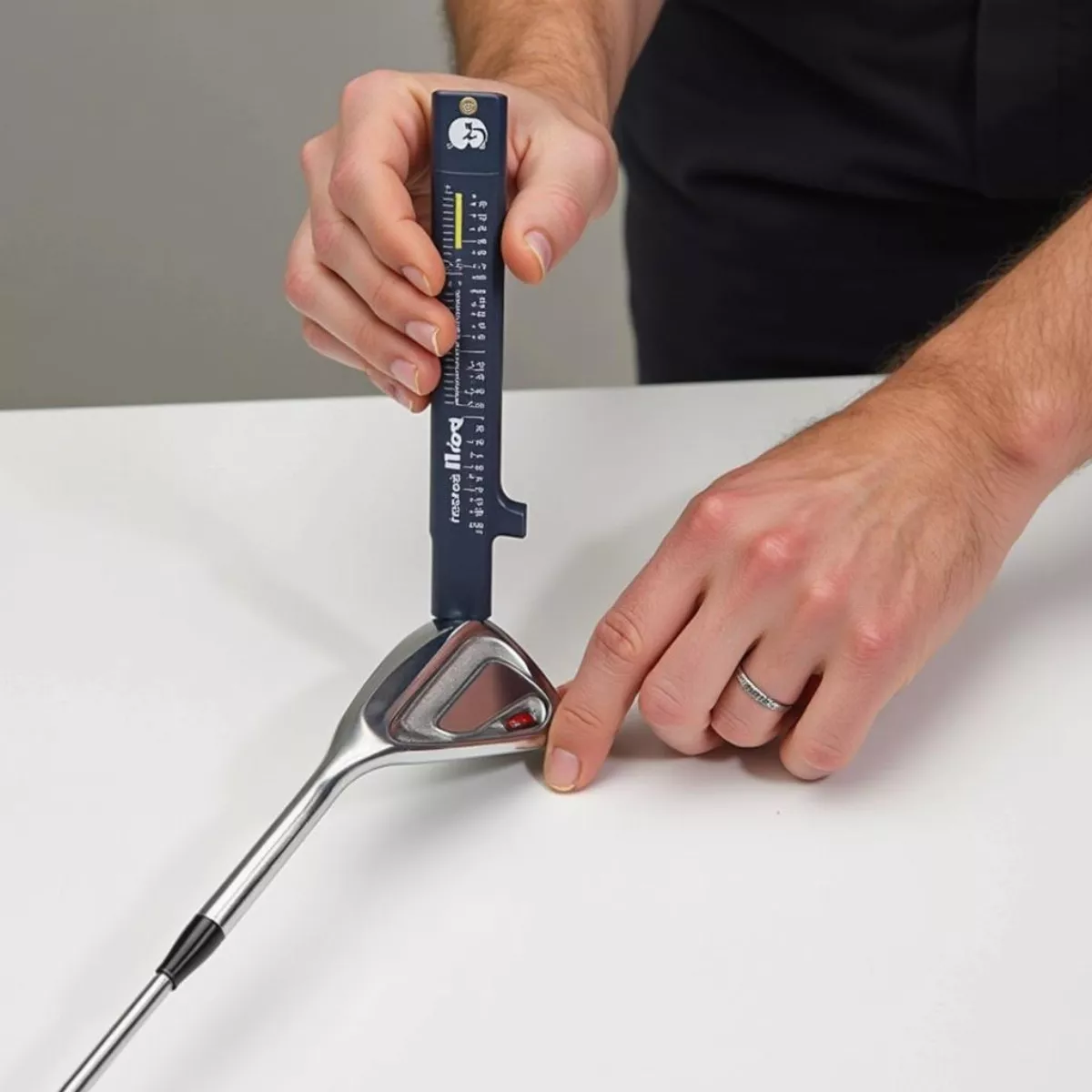 Golfer measuring loft of a golf club using a gauge
Golfer measuring loft of a golf club using a gauge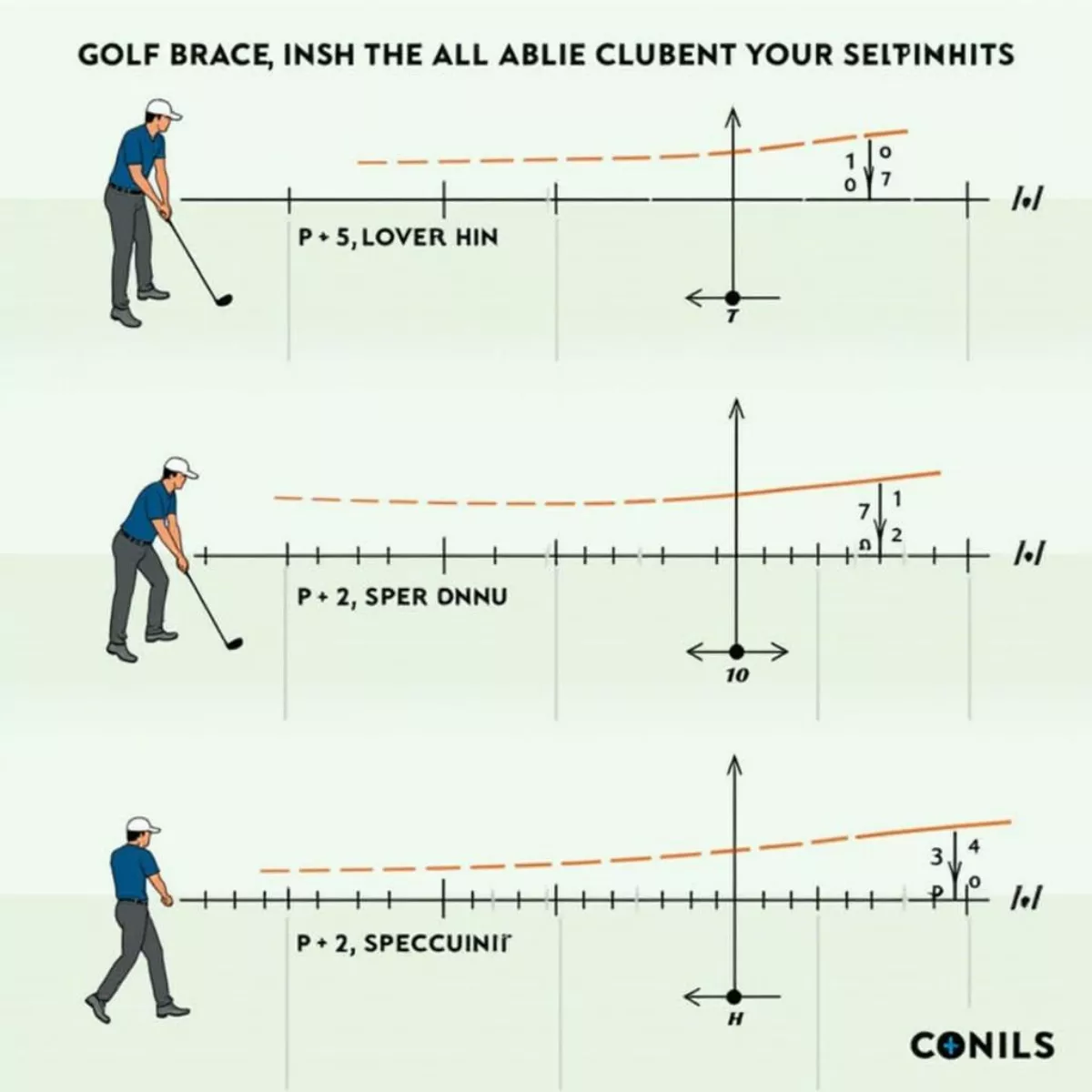 Golf ball trajectories with different loft angles
Golf ball trajectories with different loft angles
 Golfer Marking Their Ball on the Putting Green
Golfer Marking Their Ball on the Putting Green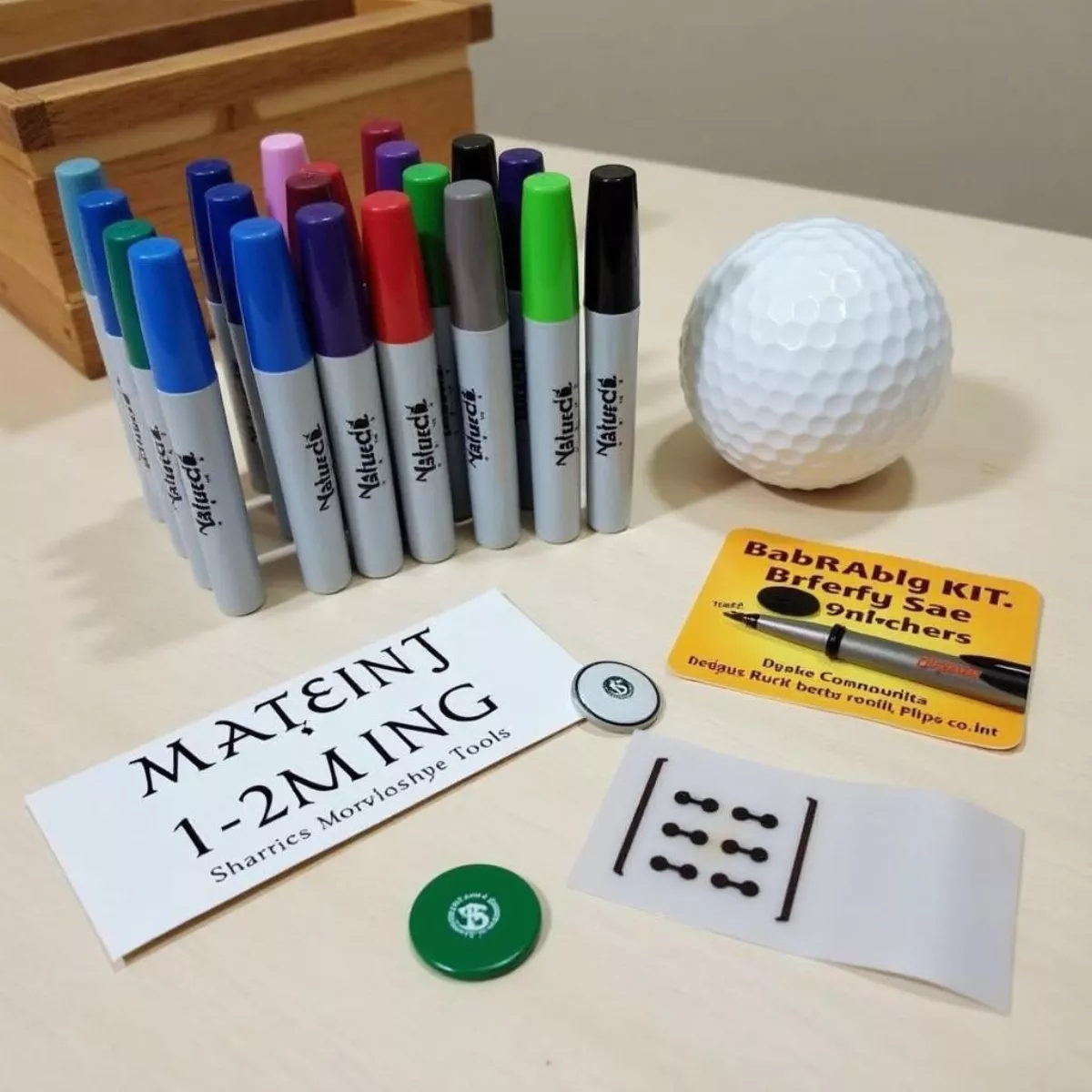 Golf Ball Markers and Sharpies on a Table
Golf Ball Markers and Sharpies on a Table
 We Ko Pa Golf Course Amenities
We Ko Pa Golf Course Amenities We Ko Pa Golf Course – Cholla Course
We Ko Pa Golf Course – Cholla Course
 Golfer Using Wilson South Side Putter
Golfer Using Wilson South Side Putter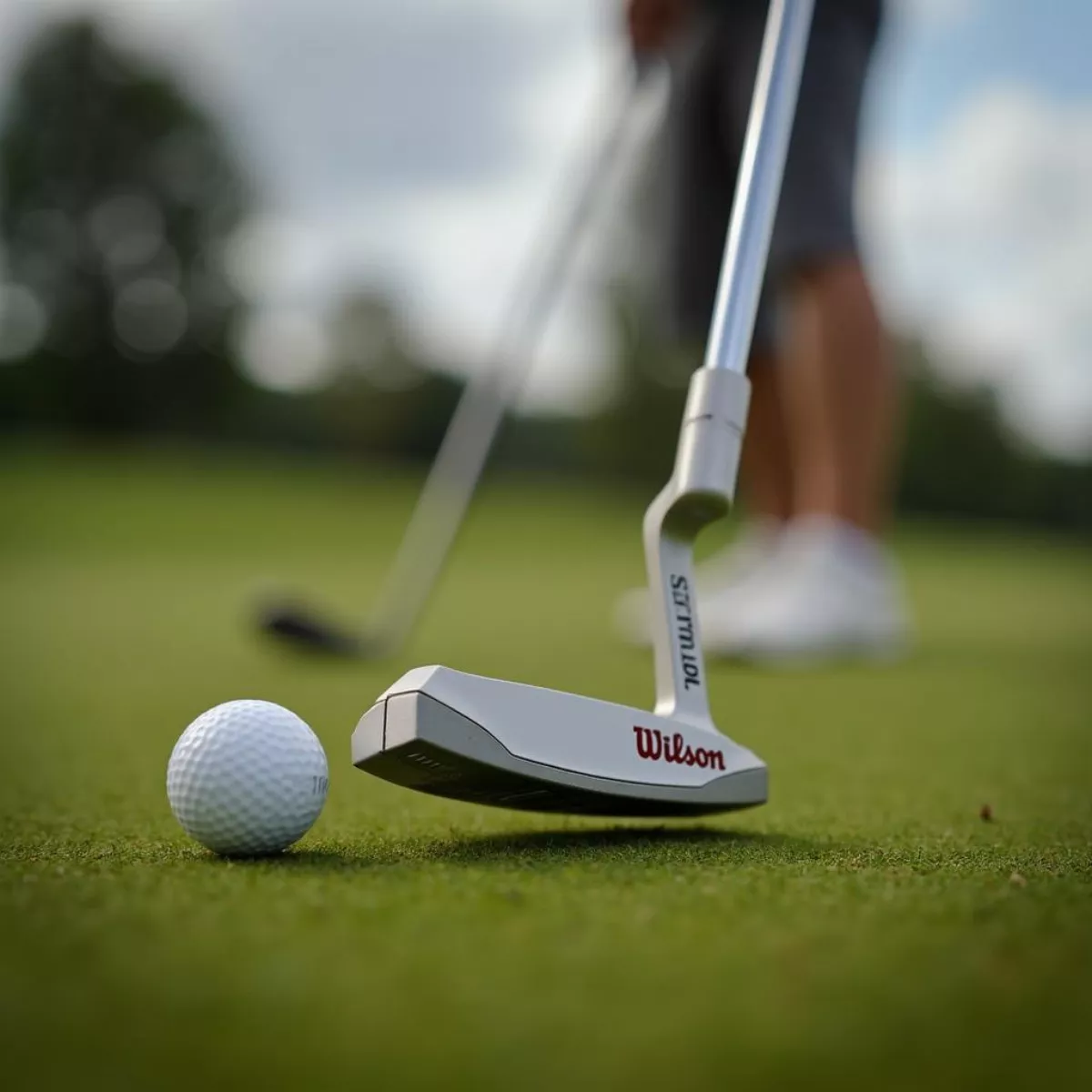 Wilson South Side Putter in Action
Wilson South Side Putter in Action Different Golf Putters
Different Golf Putters
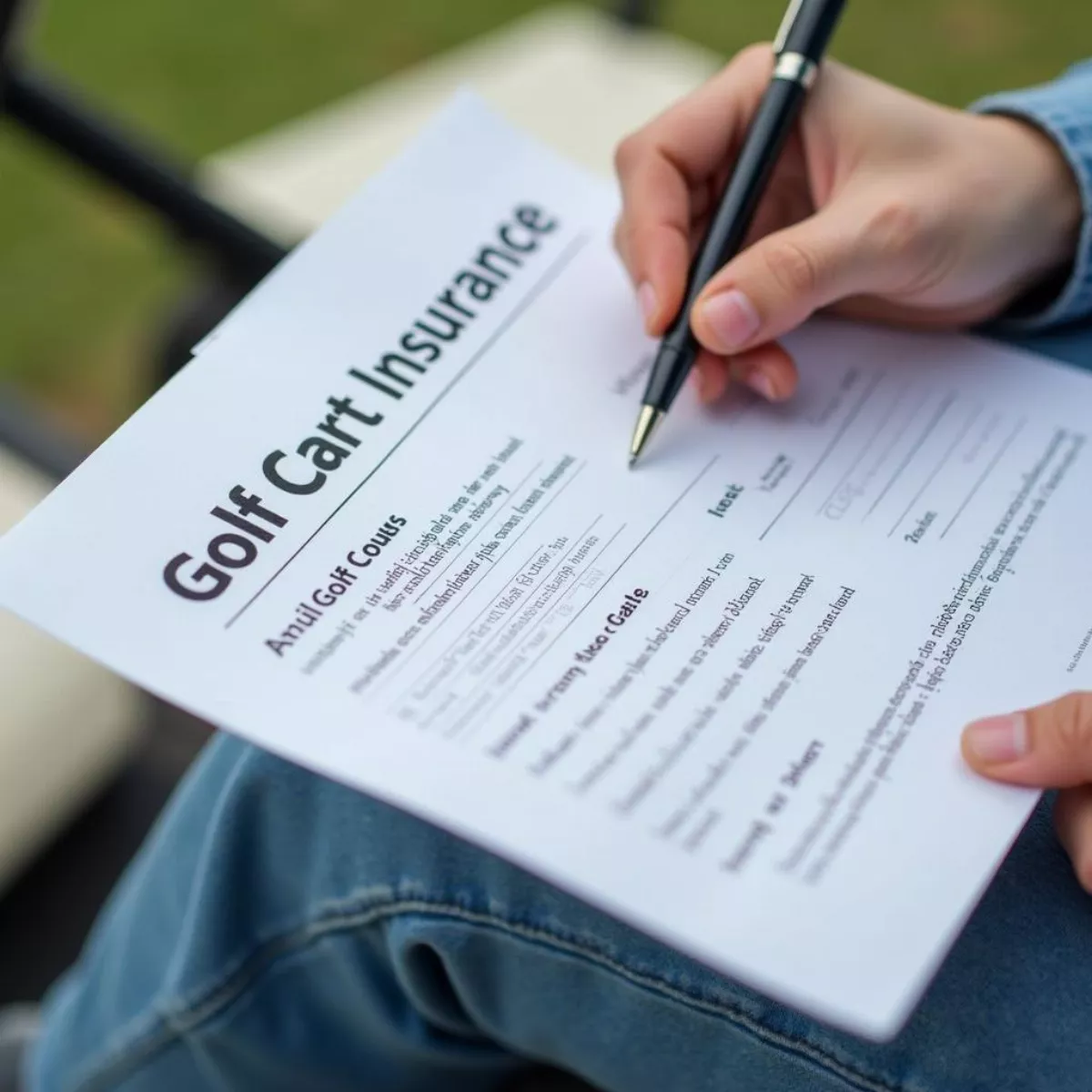 Golf Cart Insurance Documents
Golf Cart Insurance Documents Street Legal Golf Cart on Road
Street Legal Golf Cart on Road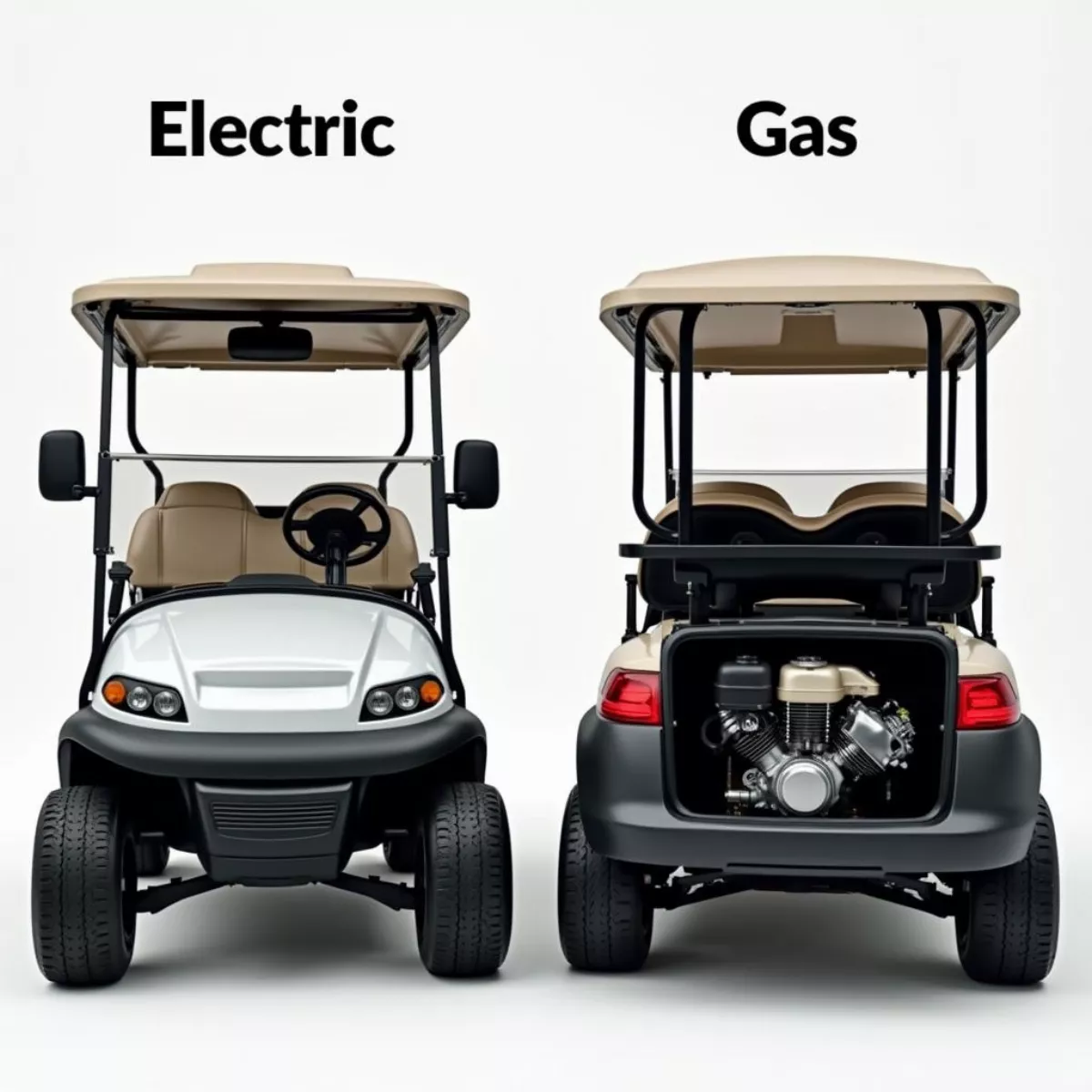
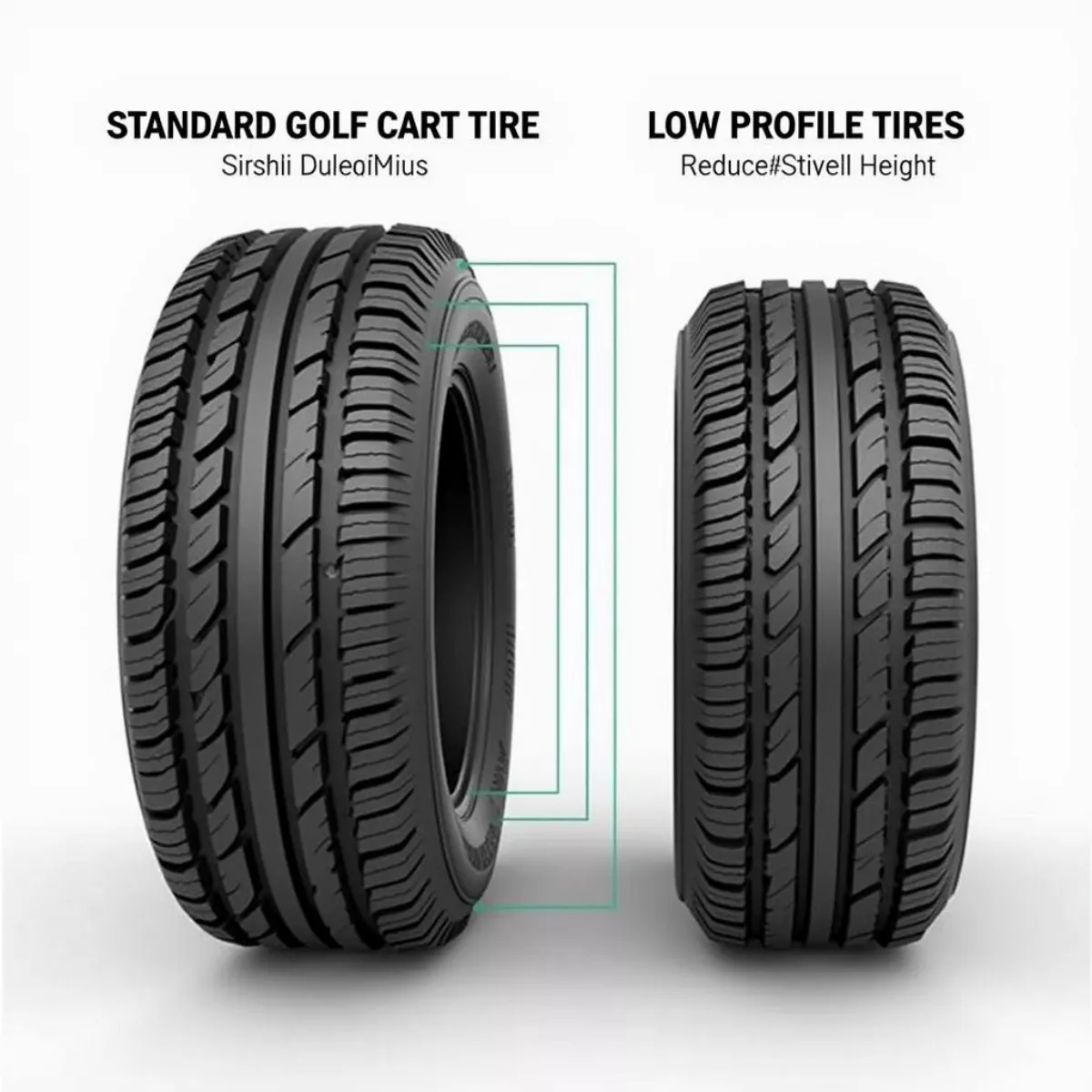 Golf Cart Tire Comparison: Standard vs. Low-Profile
Golf Cart Tire Comparison: Standard vs. Low-Profile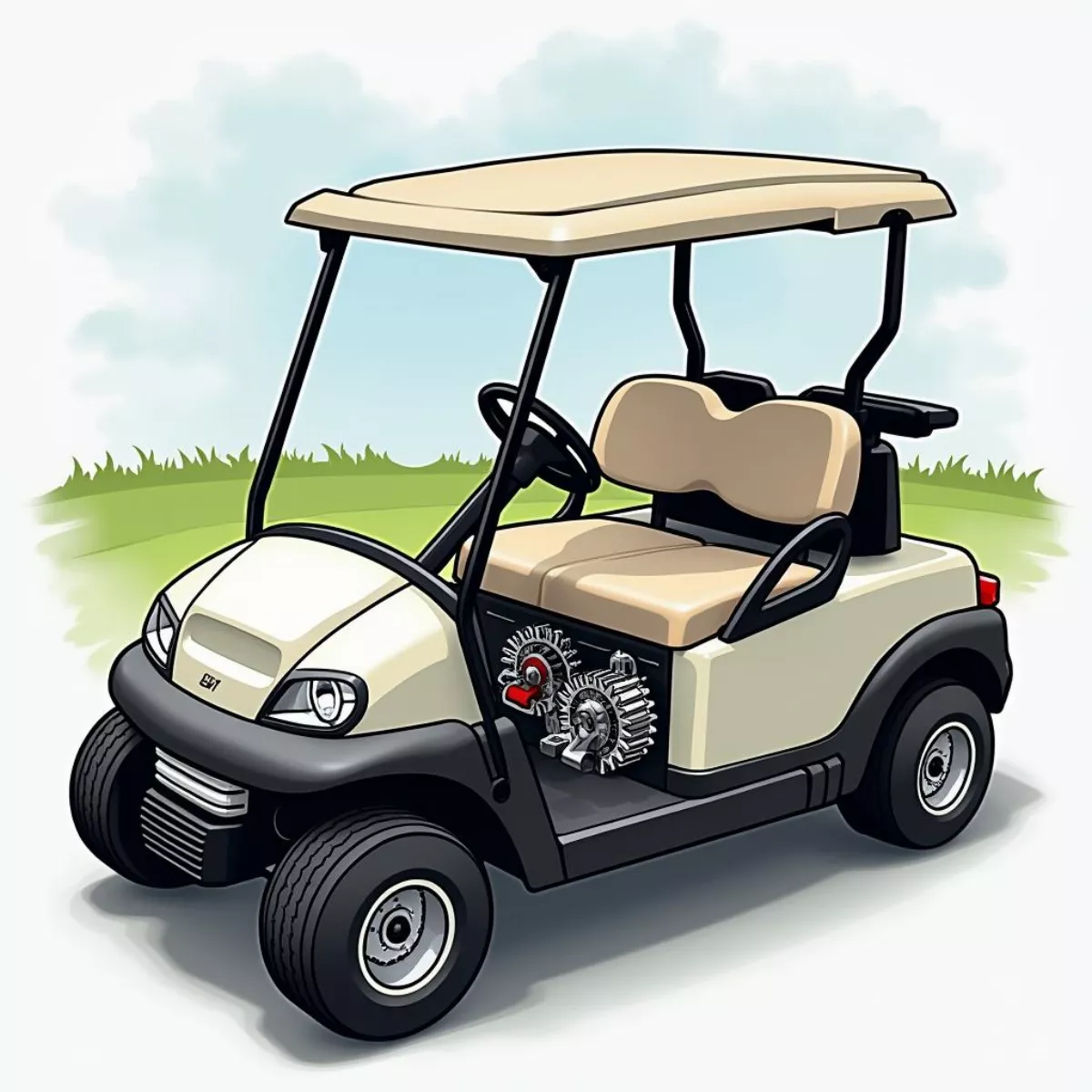 Golf Cart Gear System with Speed Gear Set
Golf Cart Gear System with Speed Gear Set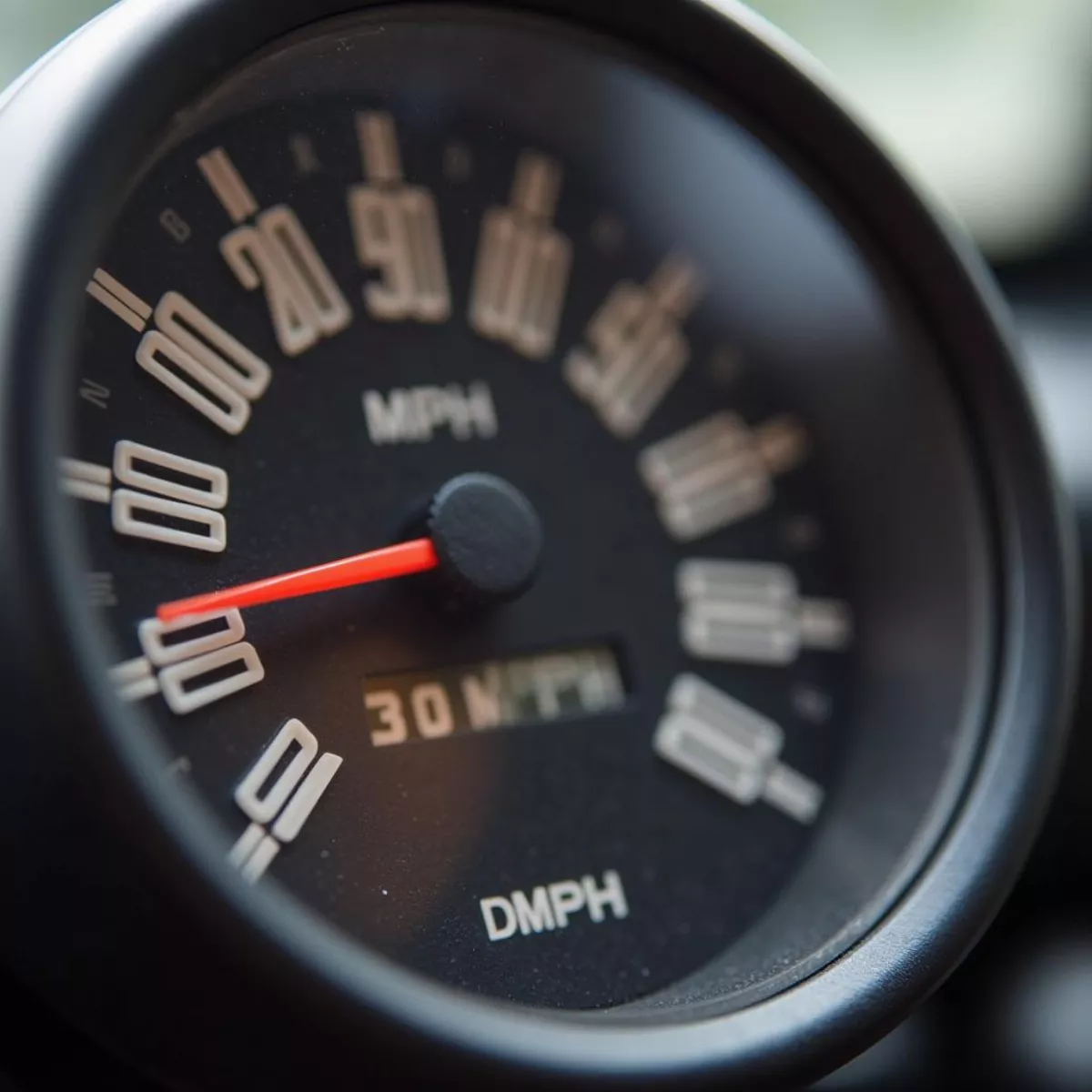 Golf Cart Speedometer
Golf Cart Speedometer
 Cleaning Golf Cart Battery Terminals
Cleaning Golf Cart Battery Terminals Golf Cart Stored in Garage
Golf Cart Stored in Garage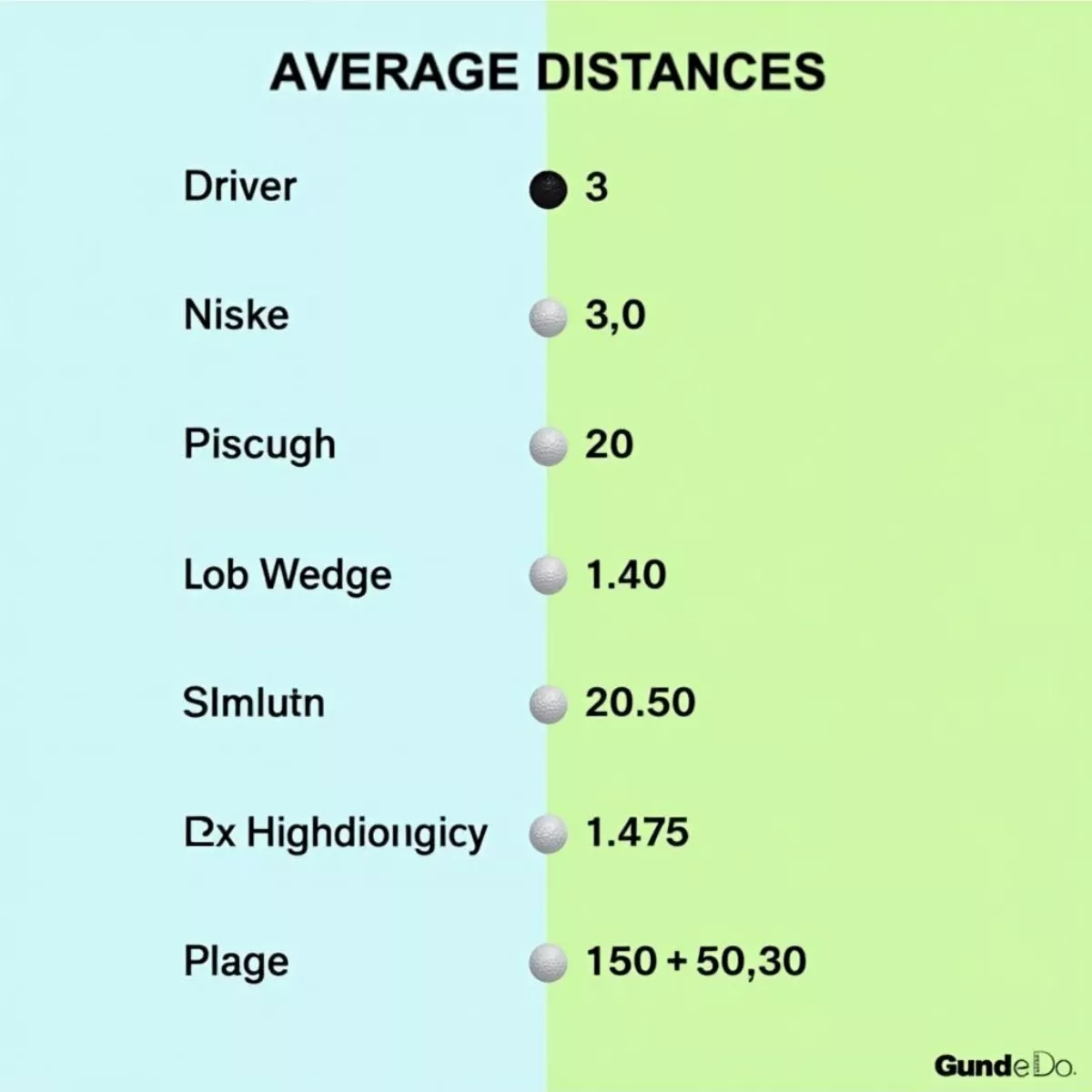
 Golfer Selecting a Golf Club
Golfer Selecting a Golf Club Golfer Using a Launch Monitor
Golfer Using a Launch Monitor 
 Exterior view of Desert View High School
Exterior view of Desert View High School Entrance of the Arizona-Sonora Desert Museum
Entrance of the Arizona-Sonora Desert Museum